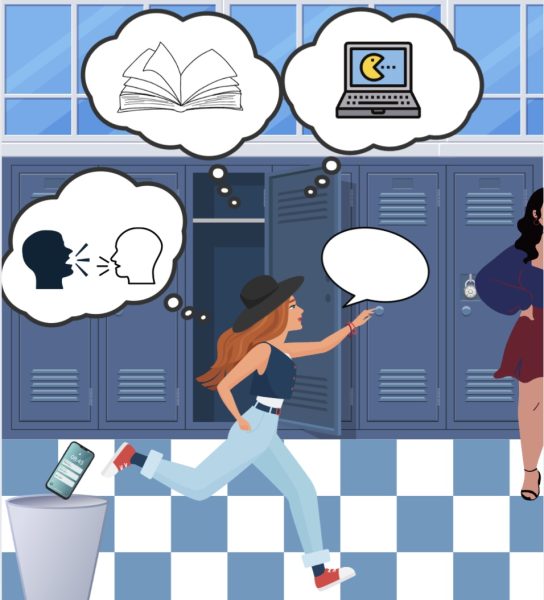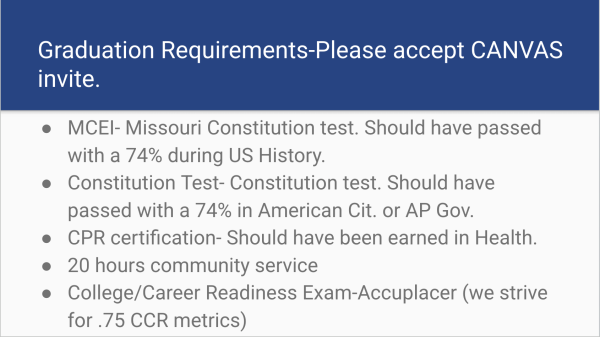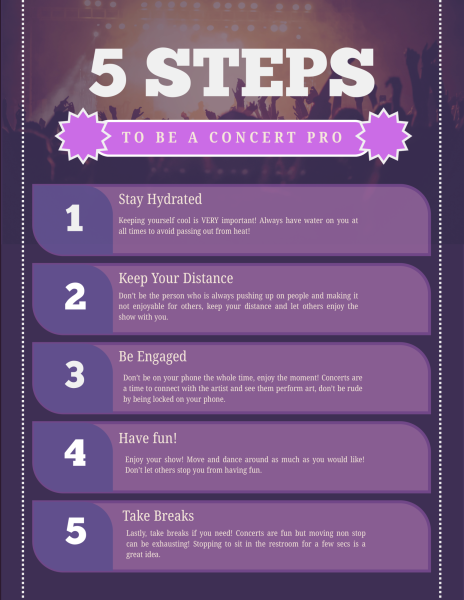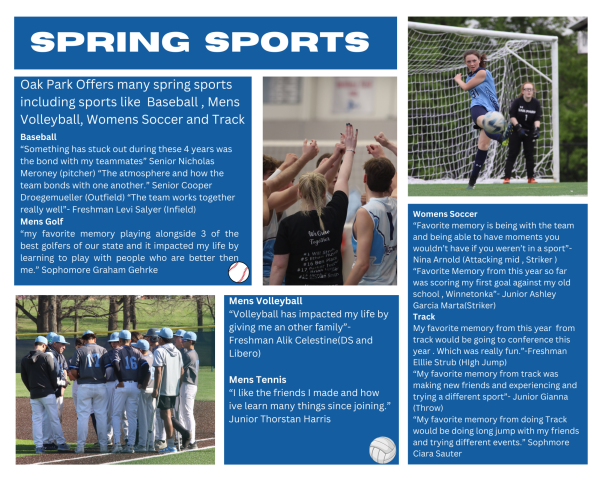A Driving Journey-The Rise of a New Responsibility
It’s the building often overlooked, as it’s located on the right corner of the stores carried down by the smooth grey pavement. The interior is a cramped space, where every few chairs, a teenager can be seen sitting; legs bobbing and every so often, their eyes curiously scanning the room toward the door, where an instructor enters, retrieving one kid after another.

It’s every teenager’s big day – the day where it all comes down to the total number of hours of practice, experience and skills gained from being on the road. It’s the test most kids eagerly wait for, or, for others, the test consumes their mind from the start.
“I was so scared, I couldn’t eat,” sophomore Chelsea Trieu said.
For many, the morning before the driver’s test is dreaded. Despite having put excessive amounts of time and preparation practicing weeks before the test, Trieu’s nerves still managed to get the best of her. In her second attempt to do better on the driver’s test, Trieu reminded herself of the ability she had as a driver, and that the instructor sitting next to her wouldn’t change that.
“Driving anxiety is real, and it definitely does not help you focus while taking the driver’s test,” chief driver examiner Jennifer Whiting said. “The calmer you are, the better you will drive.”
Working as a Missouri State Highway Patrol officer for the past 20 years, Whiting has witnessed the first-hand struggles of new drivers in many different areas. With learning new skills comes difficulties, making the need for getting behind the wheel a necessity, even after passing the mandatory test.
“Your goal should go beyond passing a driving test,” Whiting said. “You need to be able to drive safely in all road situations you will encounter.”
With the requirement of a minimum amount of 40 hours of driving, 10 consisting of nighttime hours prior to the test, it seems like it would be enough to be considered a good, experienced driver. Yet, according to teendriversource.org, 29% of licensed, experienced adult drivers have crashed at least one time. No matter the age, driving comes with risks.
“When you’re driving on your own, you don’t have a second set of eyes anymore, so you have to make sure you’re paying a lot of attention,” Trieu said.
One immediate risk after receiving a license, comes with no longer being able to rely on your parents in certain situations, whether that would be in a potentially dangerous situation, or simply, not being able to navigate yourself to a specific location. To many drivers, being alone out on the road is an entirely new concept.
“Driving three times as fast and the whole process of merging was very intimidating, even once I had my license,” college freshman Jonathan House said.
For House and many other student drivers, failing didn’t mean giving up right away. Instead, it meant recognizing their weaknesses and improving them overtime, allowing them to overcome their most challenging obstacles and confidently handle the responsibilities of an independent driver.









